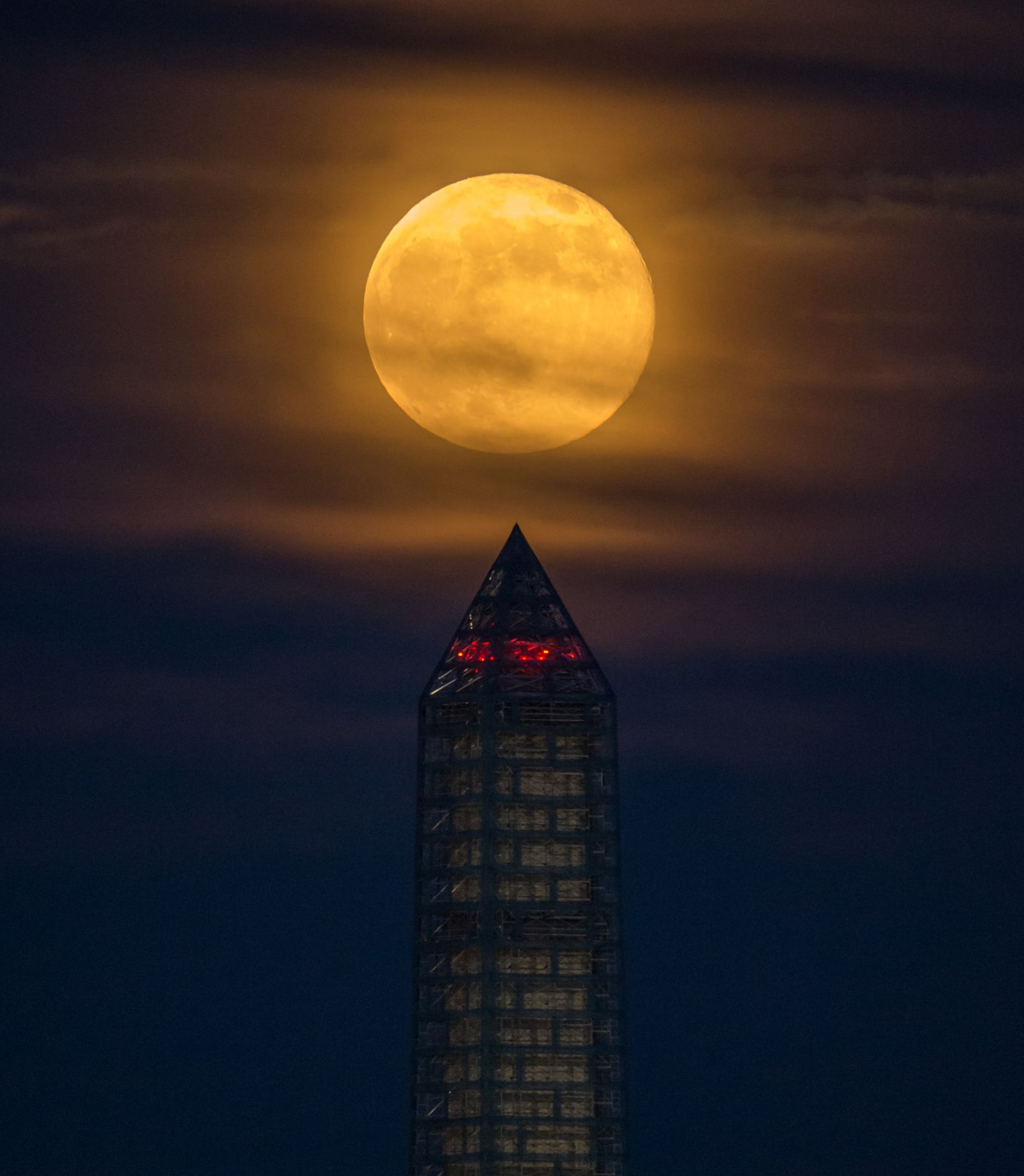Tonight, observe a rare "blue supermoon". Where does this name come from?
Follow us on Google News (click on ☆)

Image Wikimedia
The full moon in August is traditionally called the "Sturgeon Moon," reflecting the time when these fish are plentiful. But this year, it coincides with a rare "blue moon." In astronomy, this term refers either to the second full moon within a single month or the third full moon in a season with four. In this case, it's the latter.
These seasonal "blue moons" are relatively rare, occurring every two to three years. The next occurrence of this type won't be until May 2027. The Sturgeon Moon on August 19 will therefore be the third full moon since the summer solstice, occurring before the autumn equinox set for September 22.
This August 2024 also marks the beginning of a series of supermoons, those moments when the moon, in its orbit around Earth, comes closest to our planet, creating an especially large and bright moon. The year will feature four supermoons, including the one in August, which is the closest.
Beyond the fascination it evokes for its size and brightness, this August full moon is a spectacle accessible to everyone, without the need for sophisticated telescopes. However, for the more curious, a pair of binoculars might reveal subtle details of the lunar surface invisible to the naked eye.